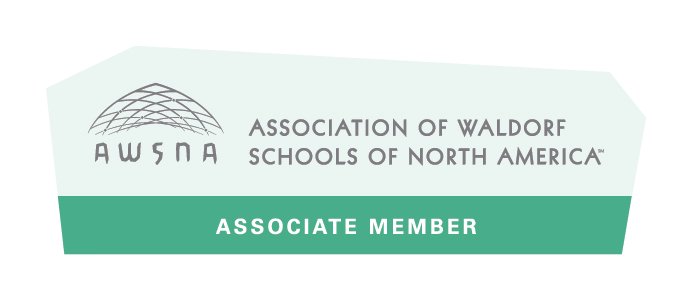A few weeks ago, middle school students in our marine ecology elective at the Waldorf School of Cape Cod demonstrated a wonderful example of how Waldorf education is inspiring scientific curiosity in our students.
Our middle school grades (Classes 6-8) have the opportunity to take an elective class on Friday afternoons. Many of these classes are taught by members of our parent community.
One of the choices for the Fall session this year is Marine Ecology. Dr. Joy Lapseritis, scientist and member of our parent community, introduced students to the relationships of organisms with the marine environment through experiments and observations. Over the course of 5 weeks, the class was engaged in asking questions and observing diverse organisms such as mollusks, horseshoe crabs, and marine mammals. These organisms offered entry-points to discuss animal classification, coastal and open ocean ecosystems, life cycles and food webs, and interactions between human development and local estuaries.
During a recent class, the students took part in a salinity lab. Salinity impacts deep water currents, which affects everything in the ocean, from seaweed to whales to submarines. The students experimented with how water of different salinity (labeled with dye) separates according to density. They also talked about the importance of water and salt balance for organisms that live in the ocean.
A small body of red salty water remains separate from blue fresh water.
Experiments like this one, challenge students powers of observation - an important component of critical thinking. After taking part in a lesson such as this, students are often asked to draw illustrations to accompany their written text in their main lesson books that they create. They have time to reflect and speculate about the results of the experiment.
Dr. Lapseritis was struck by the curiosity and creativity exhibited by the Waldorf School students during the salinity lab lesson. She has used this salinity experiment in other school outreach lessons, where those students were very concerned with following the procedure exactly and finding the “correct” answers or observing exactly the same result as everyone else in the room. While the Waldorf middle school students were great at following directions, they also showed exemplary scientific curiosity in the variability between the results from one student to another, and explored beyond the constraints of the protocol. They freely experimented with what they could do with the simplest of lab materials - water samples of various salt concentrations - and made their own discoveries.
Students compared their results with each other, discussing what was different and why, then created new protocols to explore further.
“I realized midway through the lesson that I was nervous about the experiment going as I had planned,” confessed Dr. Lapseritis. “But then I realized that the students were doing exactly what a scientist should: they accepted the results they were observing, generated hypotheses to explain their results and then came up with new questions, new experiments! Although I had structured this elective to focus on process and observation, and learning to ask questions rather than find answers, the students have already learned to do this and they taught me so much!”







